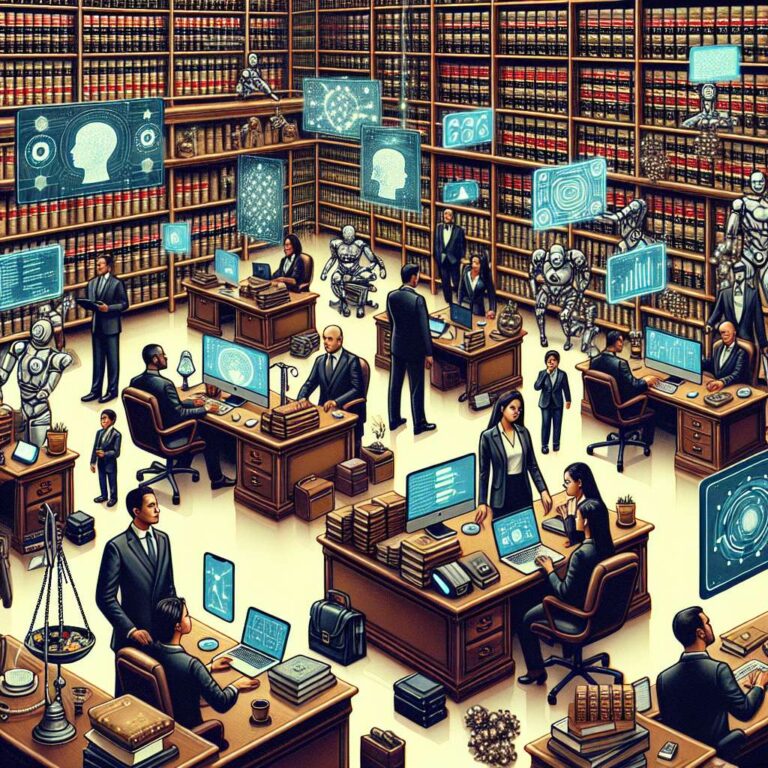At the invite-only TLTF Summit in Austin, senior law firm leaders, legal-tech founders, and ethicists convened to discuss how artificial intelligence is reshaping the industry. Run by the investment firm The Legal Tech Fund, the three-day event staged panels on staffing models, nonlawyer ownership, “innovation theater,” and unsanctioned tool use, also called shadow IT. Attendees described a rapid shift from client skepticism to client demand for firms to adopt and demonstrate measurable savings from artificial intelligence tools.
Panelists and speakers argued that structural features of law firms have slowed tech investment. Partners in many firms distribute profits annually rather than retaining earnings, leaving little capital for long-term technology bets. The billable-hour model also dampens incentives to deploy efficiency-boosting software because reduced hours can cut revenue unless firms move to fixed fees or share-of-savings arrangements. Added to that are strict client confidentiality rules and fragmented procurement across practice groups, which make buying and deploying new tools slow by design.
That dynamic has created urgency. Multiple attendees described firms snapping up software licenses, standing up task forces, and coaching partners on talking points about artificial intelligence for clients. The debate over who should pay for the tools was fierce: some argued passing costs to clients, others said firms should shoulder it, and a recurring option was outside capital. A workaround attracting attention is the managed services organization model, where investors own a separate back-office entity to provide nonlegal services to the firm. Private equity has been actively scouting law-firm targets, one attendee said.
Speakers also debated how artificial intelligence will remake staffing. One firm chair said his office had stopped hiring junior lawyers, replacing some work with artificial intelligence. Panels floated new pyramids for firms, from a “diamond” with a bulge of midlevel lawyers to a rectangular model of one associate per partner. Others pushed back: at least one law-firm executive said associate classes were expanding to meet client demand. The summit closed on a more philosophical note as a law professor asked what will remain uniquely human in law; answers ranged from “happy hour” to “juries” to “judgement,” underscoring that firms face both immediate operational questions and deeper questions about the profession’s future.

